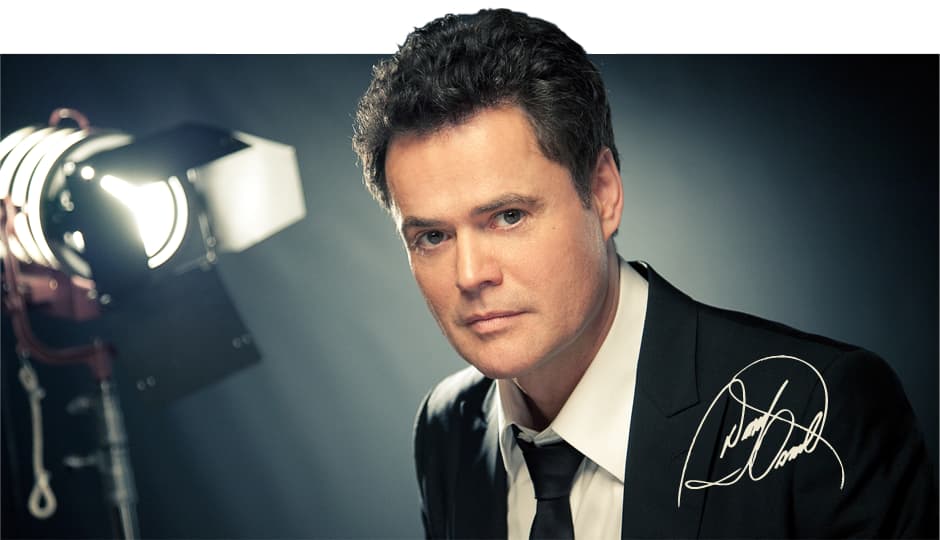
The Timeless Echo of a Dream: Donny Osmond’s Gentle Whisper
For a certain generation, the very name Donny Osmond instantly conjures the image of a beaming, purple-jumpsuited teen idol, the heartthrob of a million posters tacked to bedroom walls. While his original hits like “Puppy Love” and “Go Away Little Girl” cemented his teen idol status, it is his cover of the Everly Brothers classic, “All I Have To Do Is Dream,” that often triggers a particularly warm, wistful pang of memory. Released on May 27, 1972, this track was a key moment in the singer’s solo career, a melodic bridge that connected the innocent pop of the early 1970s with the foundational rock and roll of the 1950s.
The track was featured on Donny Osmond’s third solo album, Portrait of Donny, an album that reached Number 6 on the Billboard 200 chart. While the cover itself was not released as a single in the US, overshadowed by the massive success of “Puppy Love,” its inclusion on the album was a quiet acknowledgement of a timeless song’s lasting power. More importantly for our older readers, it was the kind of sophisticated, gentle song that was a staple of easy listening radio formats of the era, proving that Donny was capable of more than just bubblegum pop. Its enduring popularity is confirmed by the fact that it was included in the tracklist of a Royal Gala Variety Performance Donny gave in London in May 1972, showing it was a critical part of his live repertoire even during his peak.
The story of the song actually begins long before Donny picked up the microphone. “All I Have To Do Is Dream” was penned by the prolific husband-and-wife songwriting team Felice and Boudleaux Bryant. It was originally a monumental Number 1 hit for the Everly Brothers in 1958—the only single ever to simultaneously top all of Billboard‘s singles charts at the time. The meaning of the song is pure, tender melancholy. It is the simple, aching confession of a young person who is so deeply smitten with someone that the only way they can truly be with them is in their imagination. The crucial, bittersweet lyric, “The only trouble is, gee whiz / I’m dreaming my life away,” captures the central conflict: the pleasure of the dream versus the reality of their loneliness.
Donny Osmond’s version is notable for its polished, early-seventies production. While the Everly Brothers’ original featured their legendary close harmony and simple acoustic guitar backing, Donny’s rendition smoothed the edges, replacing the raw rockabilly flavour with the soft, orchestral sheen characteristic of his work with producer Mike Curb for MGM Records. His voice, a flawless, clean tenor, conveys the teenage earnestness perfectly. He wasn’t trying to outdo the original; rather, he was paying homage to the classic while translating its universal message of yearning into the musical language of his own time.
For those of us who came of age during those years, this cover represents the moment the music world became smaller, a place where a youthful pop idol could confidently step into the shoes of a rock and roll legend and deliver a performance that felt both respectful and entirely his own. It takes us back to a time when romantic longing was expressed with a sincere simplicity, and the biggest, most exciting fantasy was simply seeing a special person’s face in your quiet, solitary dreams. Donny Osmond’s “All I Have To Do Is Dream” remains a sweet, essential bookmark in the musical scrapbook of the 1970s.